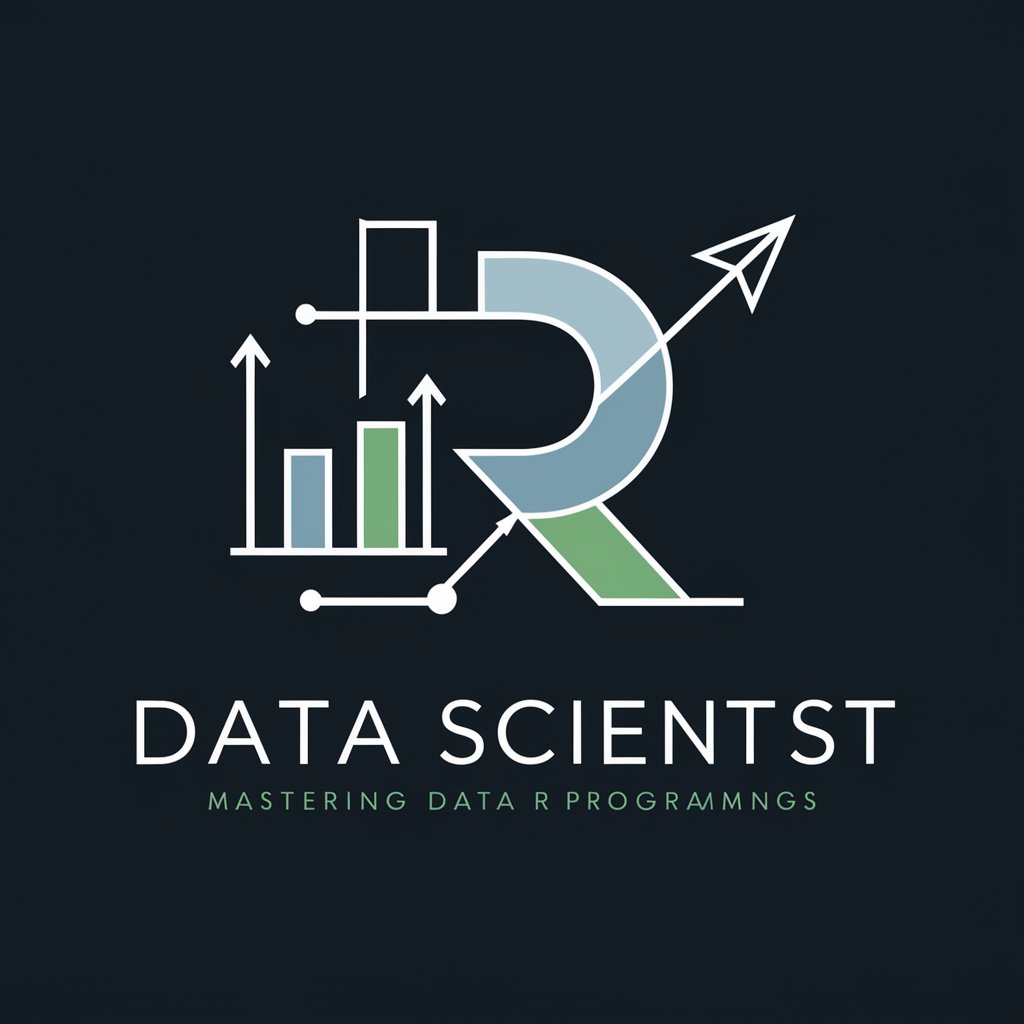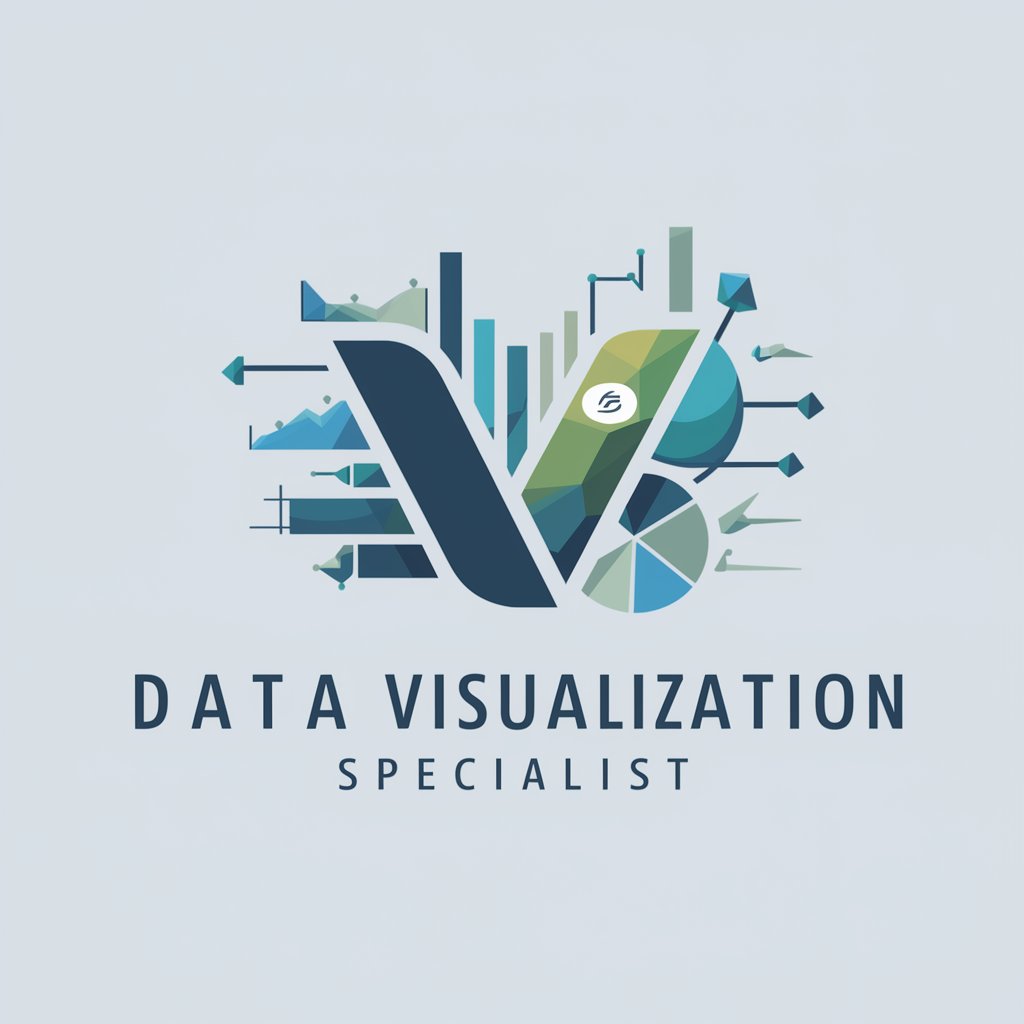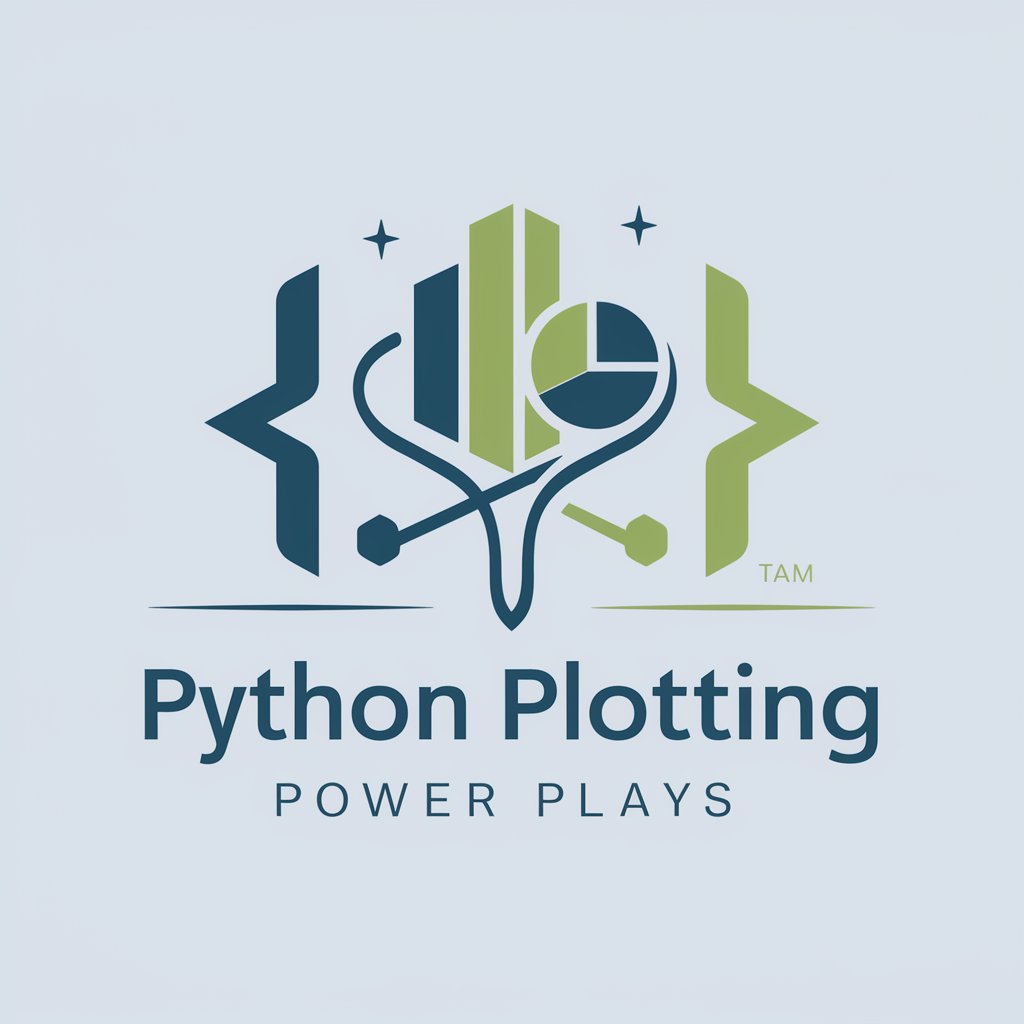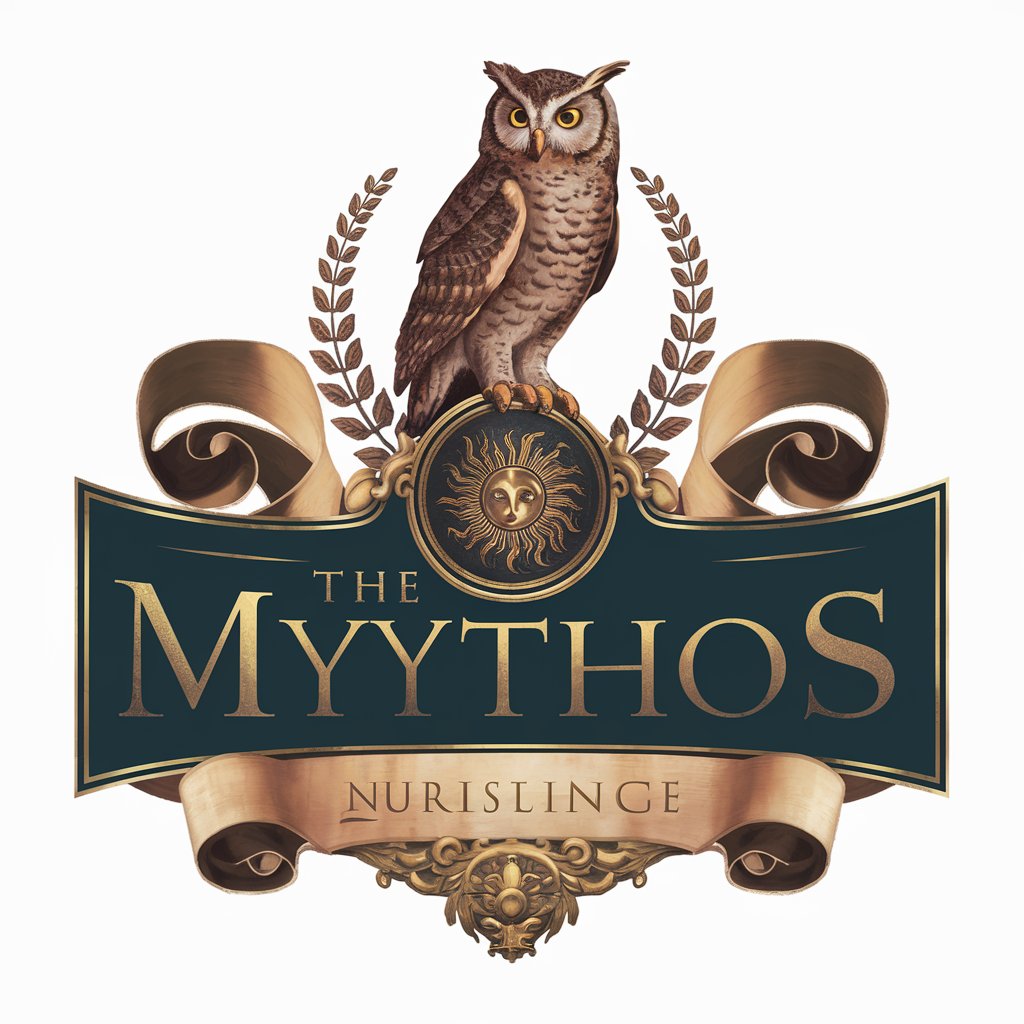Revolutionize Data Science with R's Vector Magic - R Vectorization Enhancement

Welcome! Let's revolutionize data science with R's powerful vector magic.
Empower data science with AI-driven R vectorization.
How can I optimize vectorized operations in R for large datasets?
What are the best practices for handling and preprocessing data in R?
Can you explain the advantages of using vectorized functions over loops in R?
What strategies can I use to improve memory usage and computational efficiency in R?
Get Embed Code
Introduction to Revolutionize Data Science with R's Vector Magic
Revolutionize Data Science with R's Vector Magic is designed to leverage R's vectorized operations, enhancing data analysis and processing efficiency. Unlike traditional iterative approaches that process data element by element, vectorized operations in R allow for the manipulation of entire vectors of data at once. This approach significantly reduces the execution time and simplifies the code, making complex data manipulations more accessible and efficient. For example, applying a function over a vector with millions of elements can be accomplished in a single line of code, rather than using a loop that iteratively processes each element. This capability is crucial in data science, where handling large datasets and performing complex calculations are routine tasks. Scenarios illustrating these aspects include bulk transformations of financial data, complex calculations over genomic sequences, and large-scale simulations in physics or marketing analytics. Powered by ChatGPT-4o。

Main Functions of Revolutionize Data Science with R's Vector Magic
Vectorized Arithmetic Operations
Example
Calculating the square of each number in a numeric vector without looping.
Scenario
A financial analyst efficiently computes the squared returns of a stock price series to analyze volatility.
Logical Vector Operations
Example
Filtering a dataset by applying a logical condition across a vector.
Scenario
A health data scientist quickly subsets patient data to those meeting specific clinical criteria, speeding up the data preparation phase of an analysis.
Vectorized String Manipulation
Example
Converting a vector of text data to lowercase in a single operation.
Scenario
A social media analyst processes millions of tweets for sentiment analysis, standardizing text data efficiently.
Apply Functions
Example
Using `lapply` to apply a function over a list of vectors, facilitating parallel processing.
Scenario
An environmental scientist applies a complex model to multiple datasets representing different geographic regions, optimizing the analysis process.
Vectorized Data Aggregation
Example
Summarizing data by applying vectorized summary functions like `sum`, `mean` over columns of a dataframe.
Scenario
A market researcher quickly aggregates customer survey data to identify trends, enhancing decision-making processes.
Ideal Users of Revolutionize Data Science with R's Vector Magic
Data Scientists
Professionals who handle large datasets and require efficient data manipulation and analysis techniques. They benefit from vectorized operations to streamline their workflows and enhance computational efficiency.
Financial Analysts
Individuals analyzing financial markets and economic data. They leverage vectorized operations for rapid calculations across time series data, improving their ability to make informed decisions quickly.
Academic Researchers
Researchers in fields like genomics, physics, or social sciences who work with complex datasets. Vectorized operations in R enable them to conduct high-throughput analyses, facilitating faster insights into their data.
Marketing Analysts
Professionals analyzing consumer behavior and market trends. They use vectorized operations to process large volumes of data from surveys, transactions, and social media, gaining quicker insights into market dynamics.

Utilizing R's Vector Magic for Data Science
Initiate Trial
Begin by accessing a free trial at yeschat.ai, enabling exploration without any requirement for login or a subscription to ChatGPT Plus.
Understand Vectorization
Familiarize yourself with the concept of vectorized operations in R, which allow for the processing of entire vectors of data in a single operation, enhancing computational efficiency.
Explore Functions
Delve into the various vectorized functions available within R, including those for arithmetic operations, statistical analyses, and data manipulation.
Apply to Data
Implement these vectorized operations on your datasets, leveraging them for tasks such as data cleaning, transformation, and complex analyses.
Optimize and Experiment
Continuously refine your approach by experimenting with different vectorized functions and techniques, aiming for optimal performance and efficiency in your data science projects.
Try other advanced and practical GPTs
100 Experts Collective
Harness AI-powered expertise across 100 fields

JavaScript Data Viz: Making Complexity Clear
Simplifying data complexity with AI

New Years Resolution Builder
Empower Your Resolutions with AI Insight

Revolutionize Data with R: Interactive Web Mastery
Transform data into interactive stories with AI.

JavaScript in Data Visualization
Transform data into dynamic visual stories

Python Plotting Power Plays
Crafting Compelling Data Stories with AI

5 Image Generator
Transforming ideas into diverse visuals.
The Mythos
Crafting Intellectual Narratives Powered by AI

Crypto Trends - Real time Coin price
Empowering investments with AI-driven insights

Strategy Masters - Leadership, Tactics, Assistant
Timeless Wisdom for Modern Leaders

E-Commerce Apparel Description Generator
AI-powered Fashion Content at Your Fingertips

God-tier Writer
Crafting Complex Stories with AI

FAQs on Revolutionizing Data Science with R's Vector Magic
What is vectorization in R?
Vectorization in R refers to the process of applying operations to entire arrays or vectors of data at once, rather than iterating over elements individually. This approach significantly improves performance and efficiency.
How can vectorized operations improve my data analysis?
Vectorized operations can drastically reduce the execution time of data analyses by eliminating unnecessary loops, making your code more readable, efficient, and easier to maintain.
Are there any prerequisites for using vectorized operations in R?
A foundational understanding of R programming and basic data manipulation is recommended. Familiarity with data types and structures in R will also help in effectively applying vectorized operations.
Can vectorized operations handle complex mathematical computations?
Yes, R's vectorized operations are well-suited for complex mathematical computations, allowing for efficient handling of linear algebra operations, statistical modeling, and other advanced mathematical functions.
How do I identify opportunities for vectorization in my code?
Review your code for loops or repetitive operations that apply the same function to multiple elements. These are prime candidates for vectorization, offering potential for significant optimization.
